Let’s not take these hunting and fishing havens for granted after 114 years of conservation and public access benefits
Today, the conservation community celebrates the anniversary of the National Wildlife Refuge System, exactly 114 years after Theodore Roosevelt founded the first refuge to conserve habitat on Pelican Island in 1903. These days, the refuge system is often overlooked, though it is a jewel among the diverse set of public landscapes in America, with 850 million acres in more than 560 wildlife refuges across the country.
The hunting and fishing opportunities provided by refuges have been greatly expanded over the years, but national wildlife refuges get a lot less glory than national parks and forests—or even the BLM lands popular with Western sportsmen. As recently as six months ago, some lawmakers took advantage of this fact and worked to undermine the importance of refuges while setting a dangerous precedent for transferring management authority to the states. This would have meant one foot in the door toward largescale disposal of America’s publicly lands and, along with them, access to the places where we carry out our hunting and fishing traditions.
Here are three less-than-obvious attacks on national wildlife refuges that were ultimately exposed as public land transfer ploys.
The Bundy Standoff
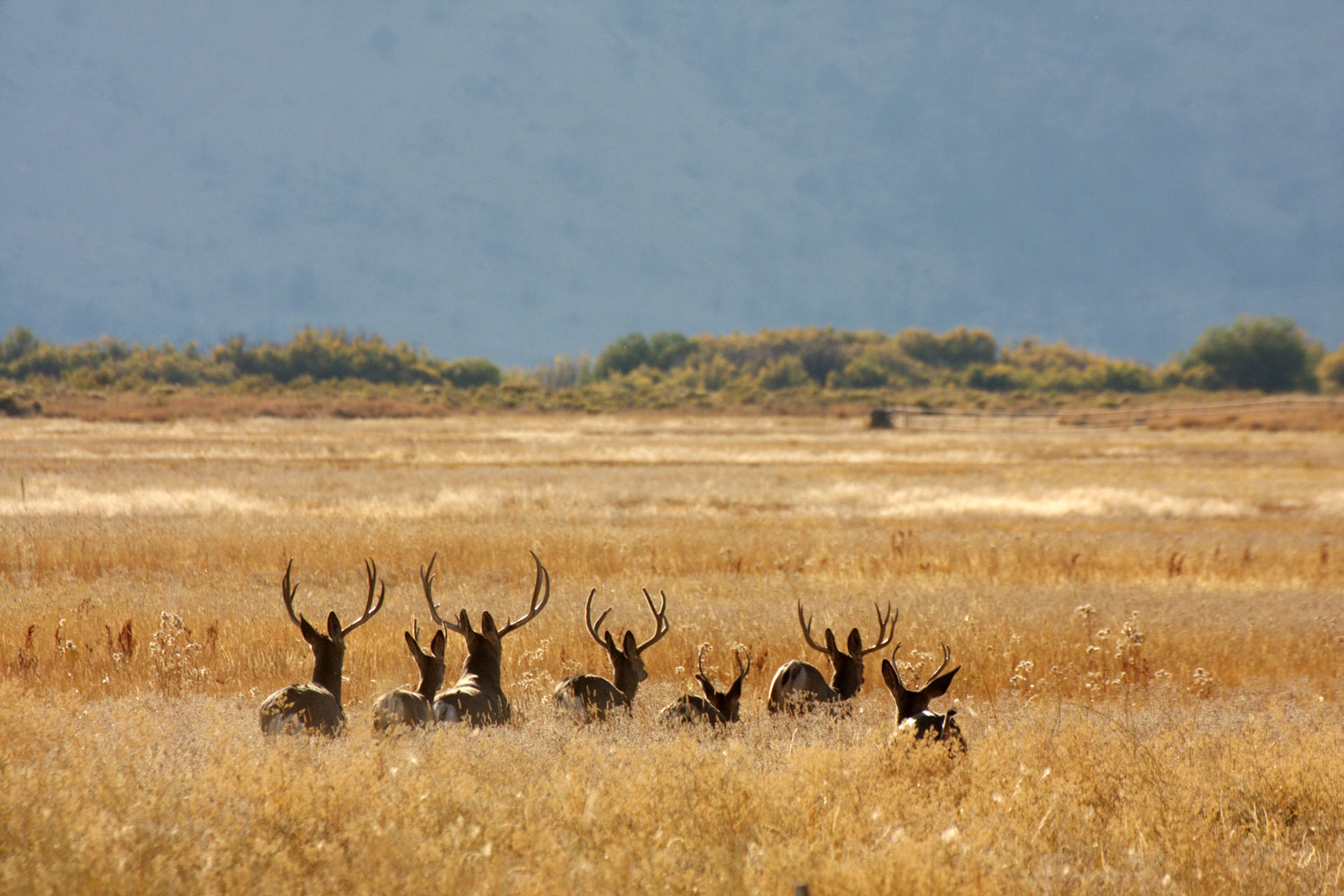
Who could forget the early-2016 occupation that kept Americans from accessing the Malheur National Wildlife Refuge in Oregon for 41 days? The militants who orchestrated the takeover were armed with disillusions about returning the land back to the locals, while they were really keeping the true owners and guardians of the refuge out. When all was said and done, real conservation was blocked and the refuge was forced to pass millions of dollars in damages on to the American taxpayer.
A False Promise for Puerto Rico
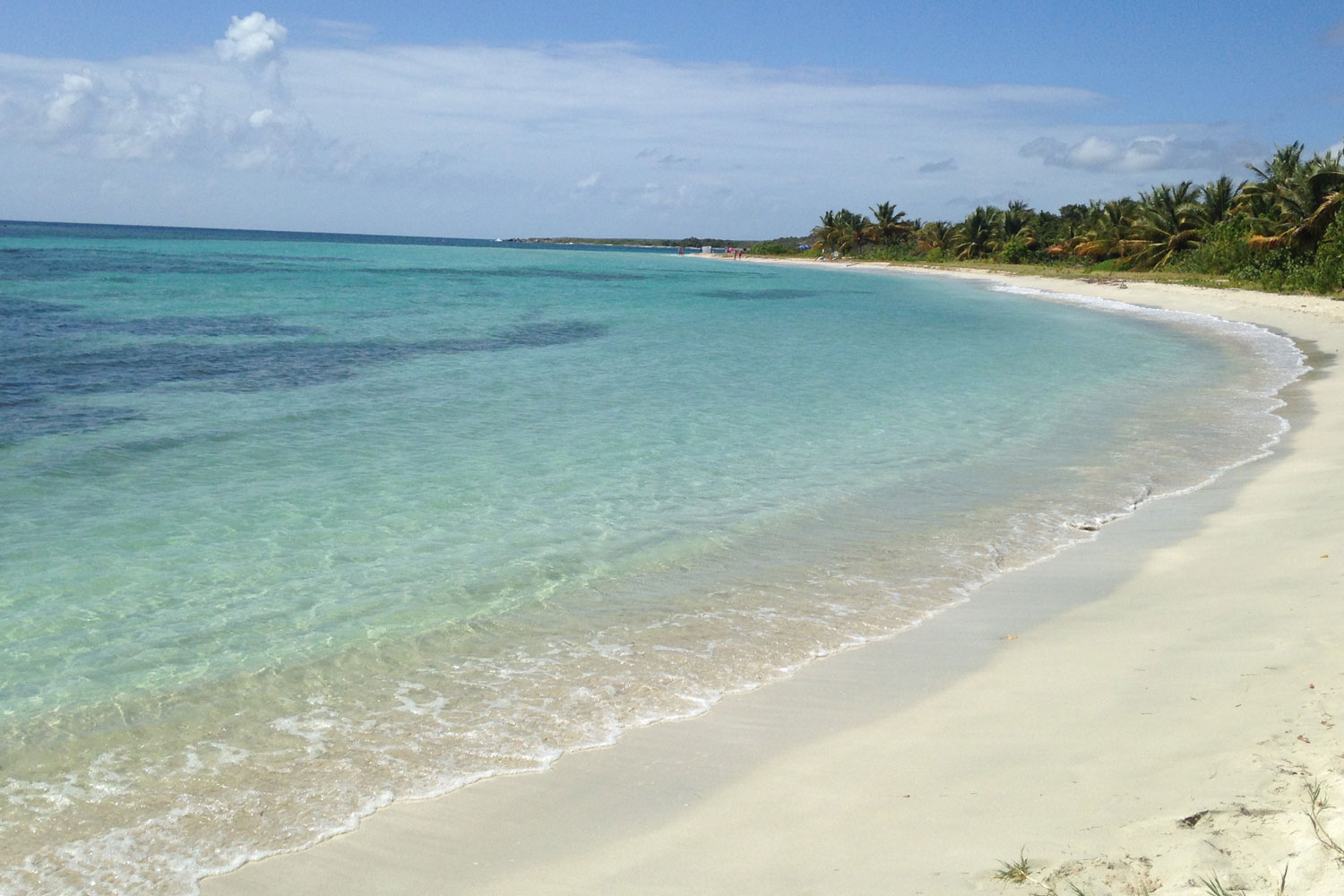
Last May, lawmakers introduced legislation that would transfer thousands of acres of the popular Vieques National Wildlife Refuge to Puerto Rico as part of a package meant to help with a looming debt crisis. This bill had the potential to set the stage for a fire sale to private interests in order to raise money to pay down debts. But as powerful economic engines that generate jobs and tax revenue, national public lands are part of the economically sustainable future, not part of the problem. Sportsmen objected, and the transfer provision was removed from the legislation.
An Almost East-Coast Blunder
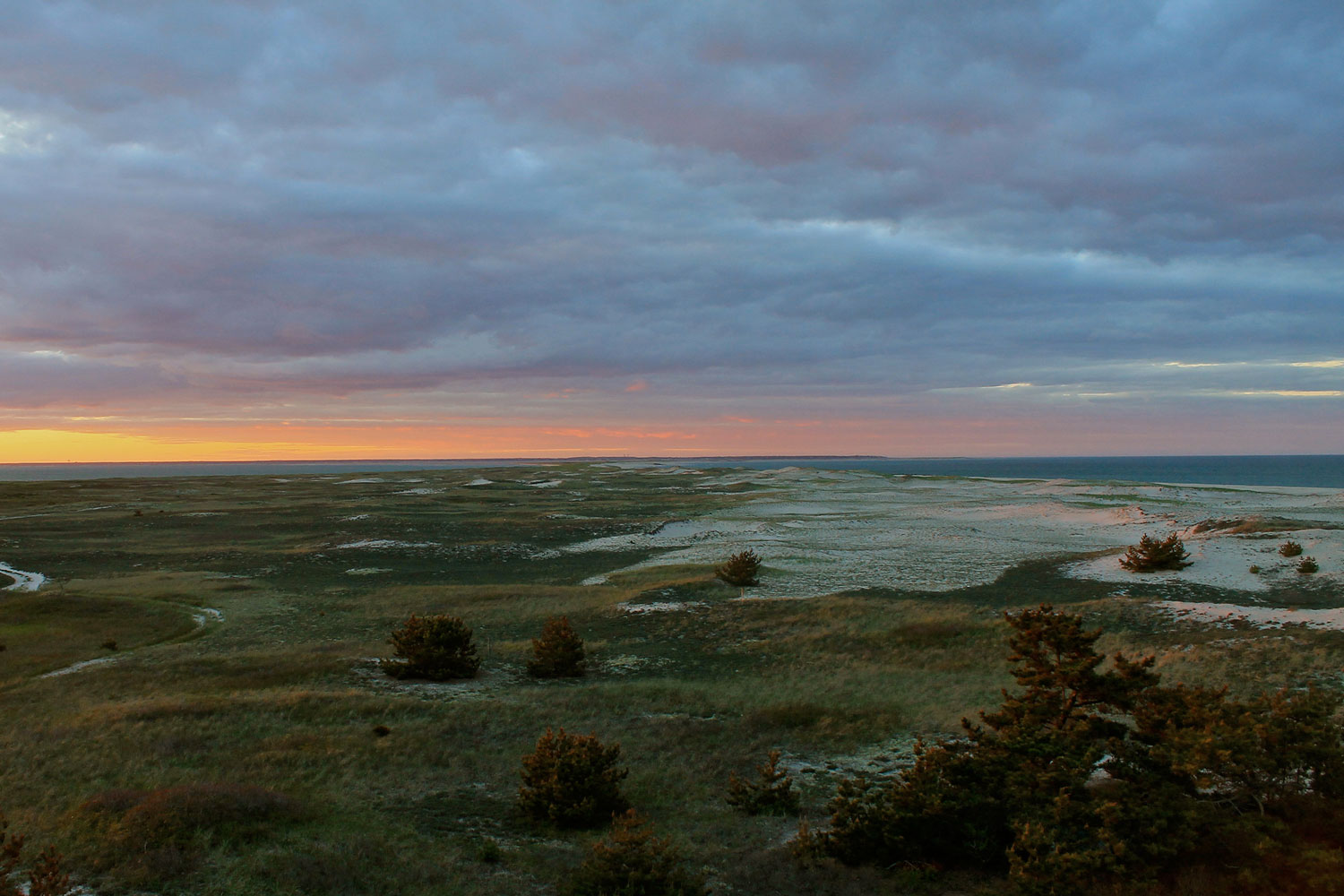
In a quiet victory, cooler heads prevailed after transfer of the Monomoy National Wildlife Refuge in Massachusetts was offered as a possible legislative solution to an ongoing dispute between the refuge managers and several local elected officials. The very permanent transfer option, which would impact fishing on the refuge and set a precedent for transfer, was ultimately rescinded and other means of resolution were explored. This was a great reminder that, no matter our challenges in managing public lands—and there are many—giving them up entirely is not a workable solution.
Too Valuable to Overlook
Wildlife refuges bring outdoor recreation within reach of major cities or they system promotes hunting- and fishing-driven spending in rural America. As sportsmen and women, we can’t afford to take any of our public lands for granted — celebrate our National Wildlife Refuges on their 114th anniversary today!
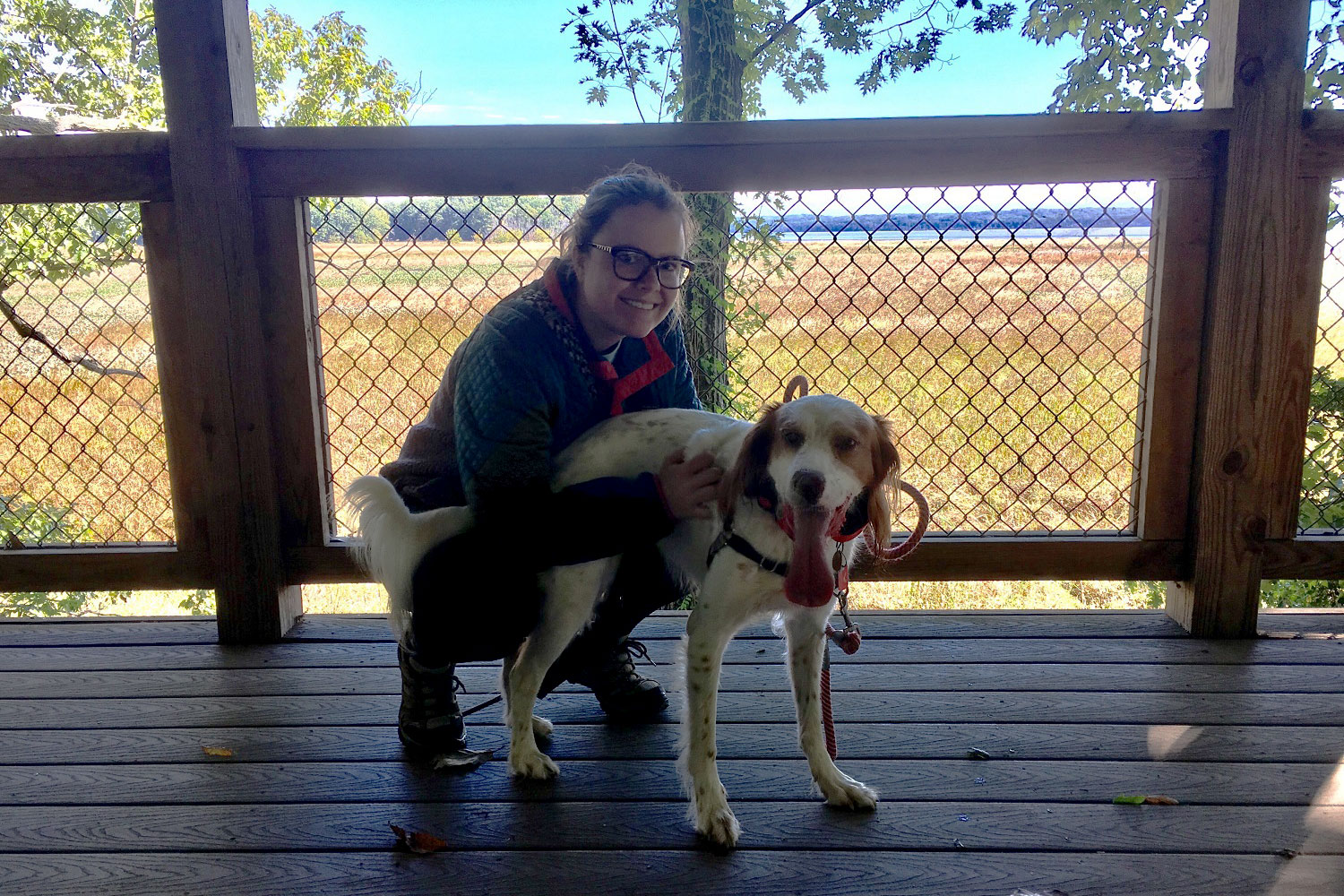
Let’s celebrate them this week, as we mark another year of hunting, fishing, and conservation in America’s refuges.
If you want to help us educate lawmakers on the real value of public lands, and block future legislative attacks in sheep’s clothing, then sign the petition at sportsmensaccess.org. For every signature, we send a letter to your local, state, and national lawmakers about this critical issue.

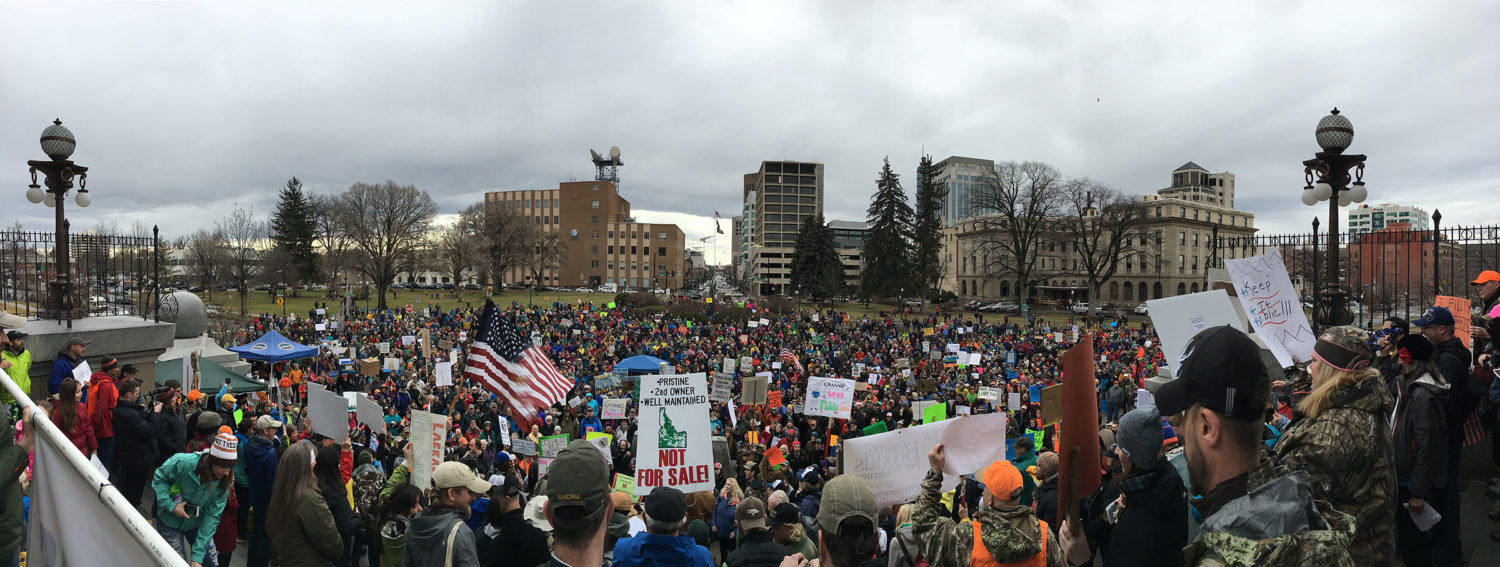
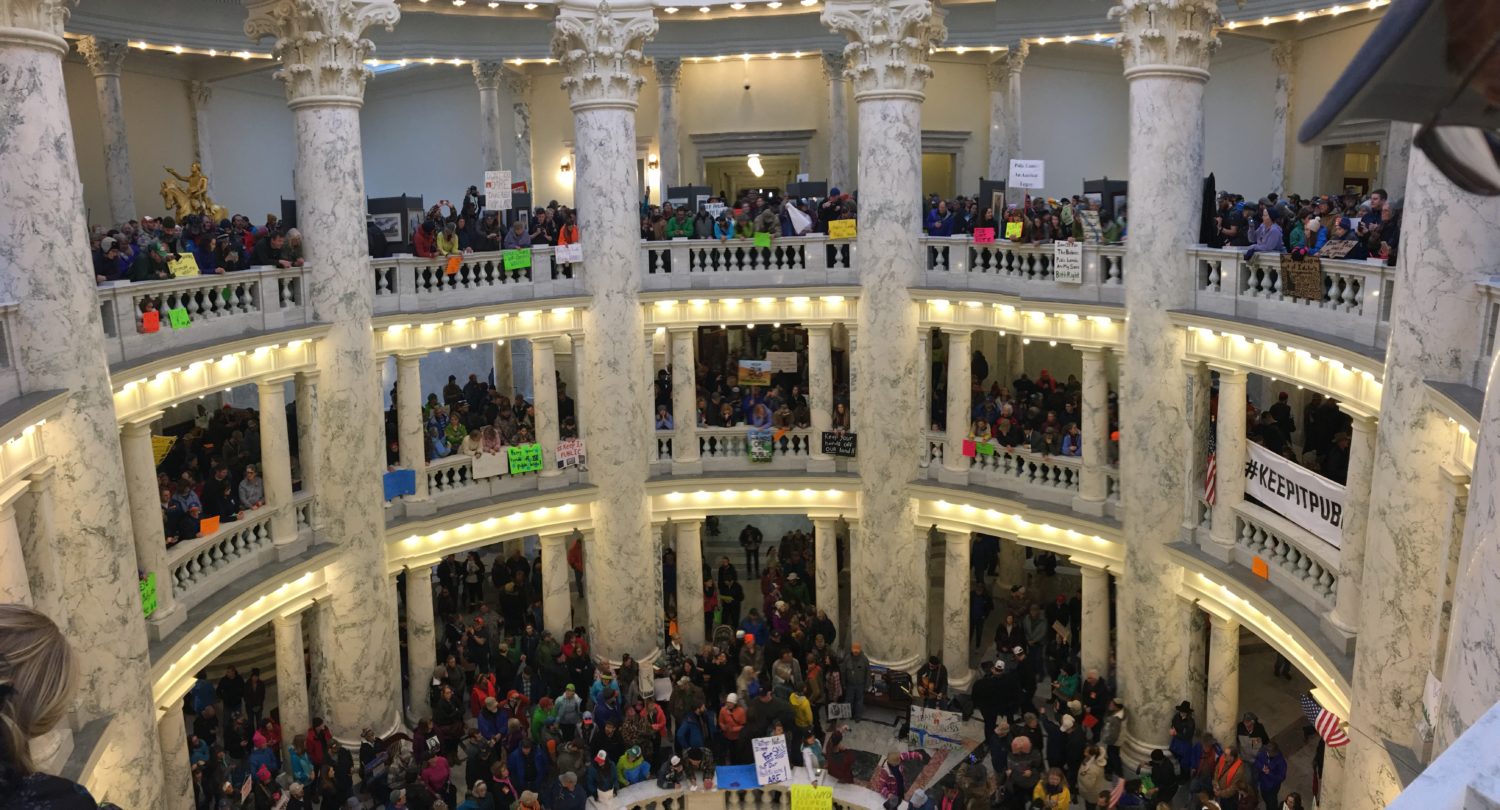
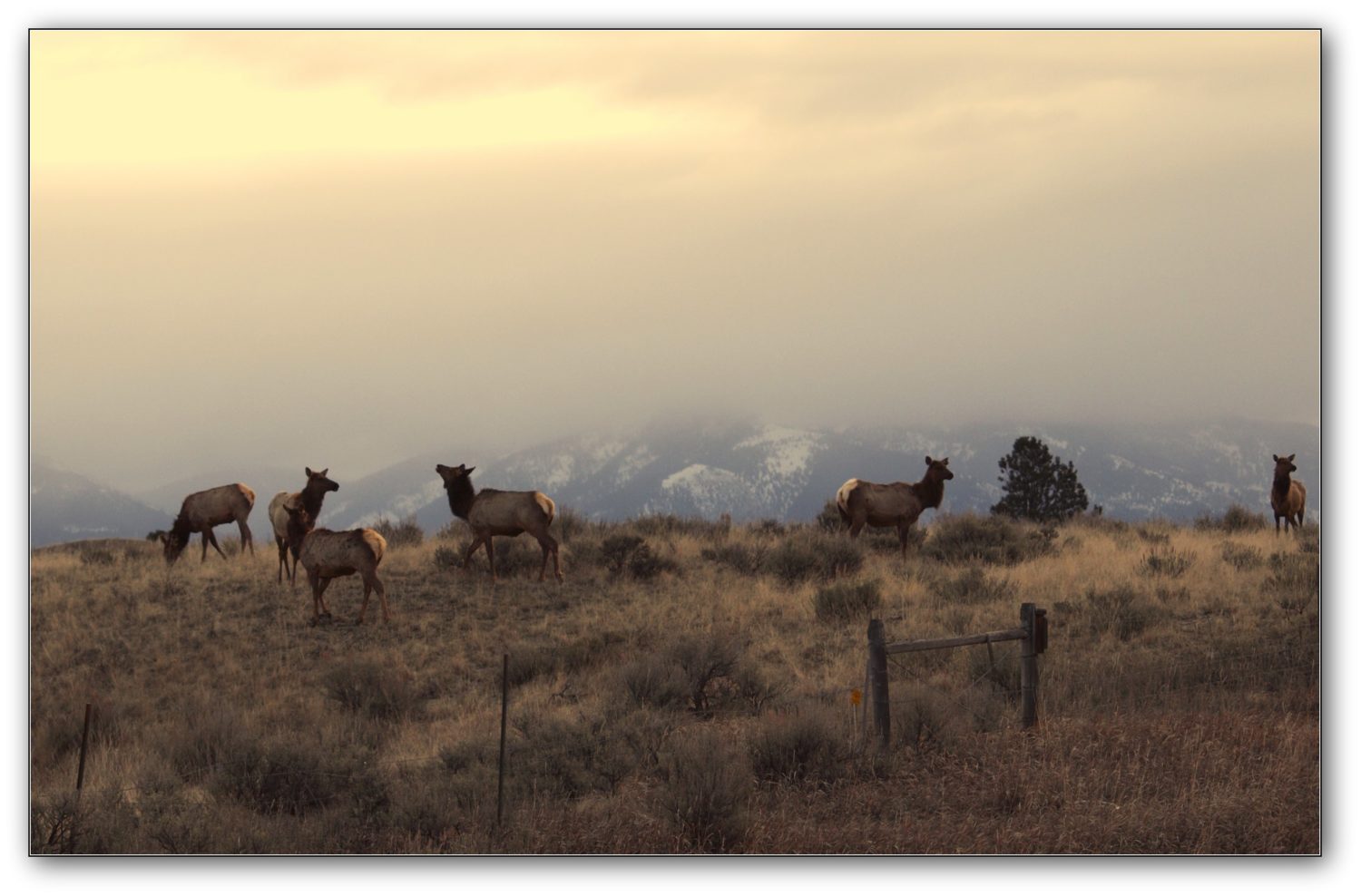
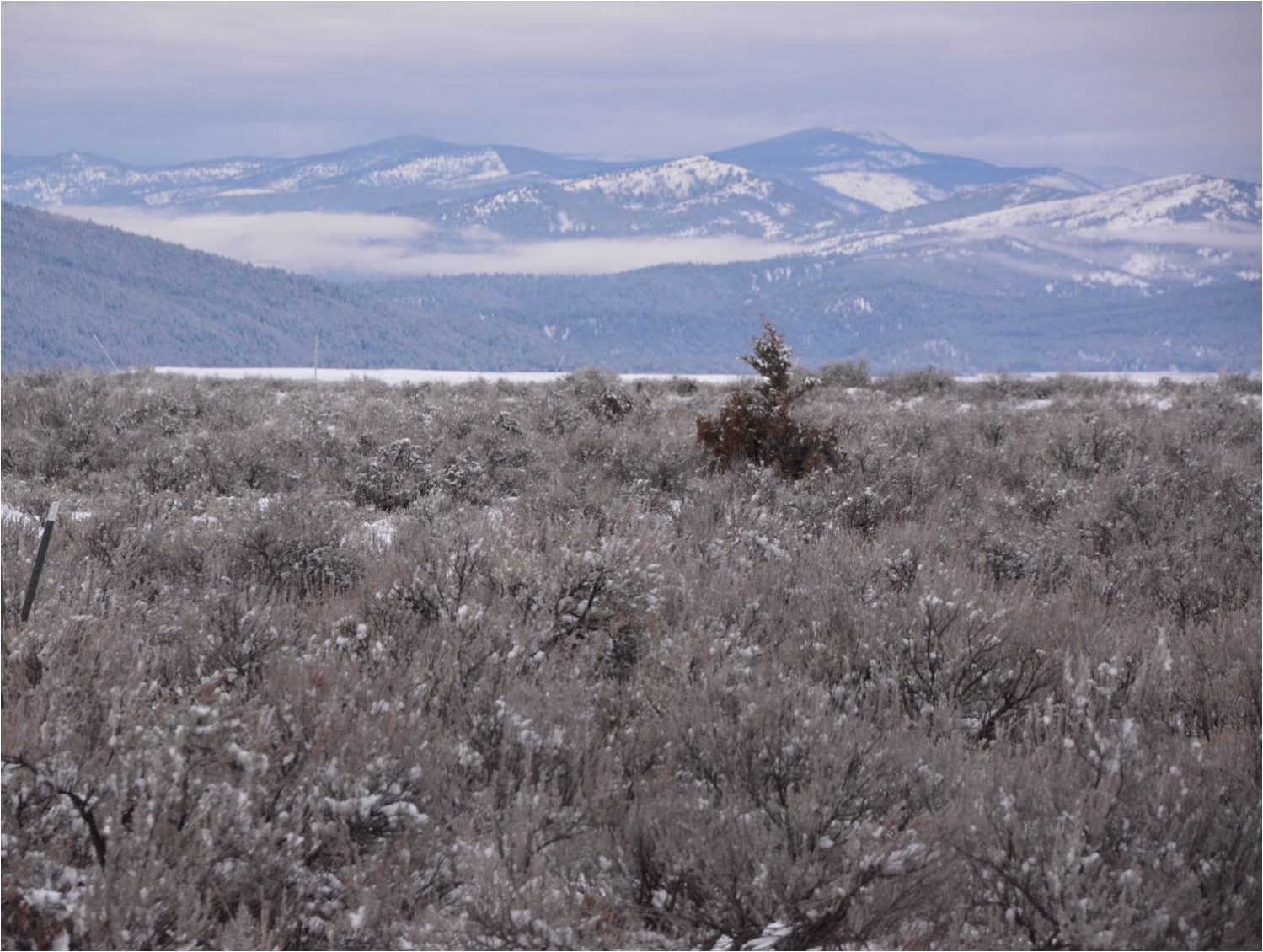
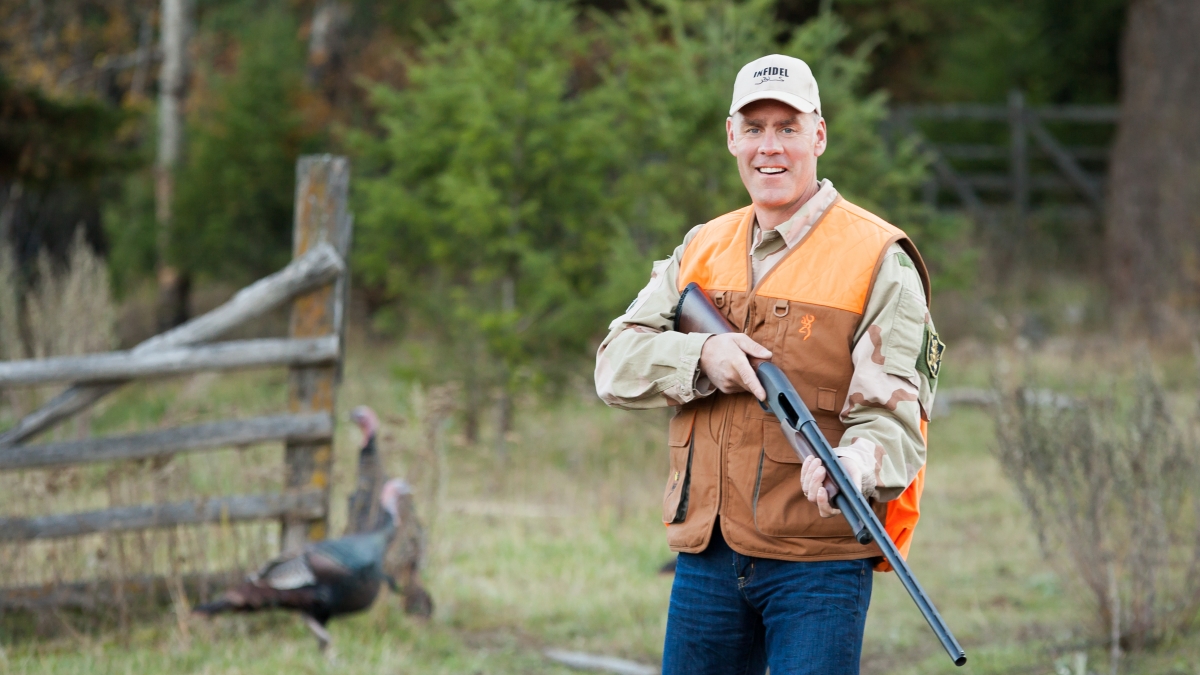
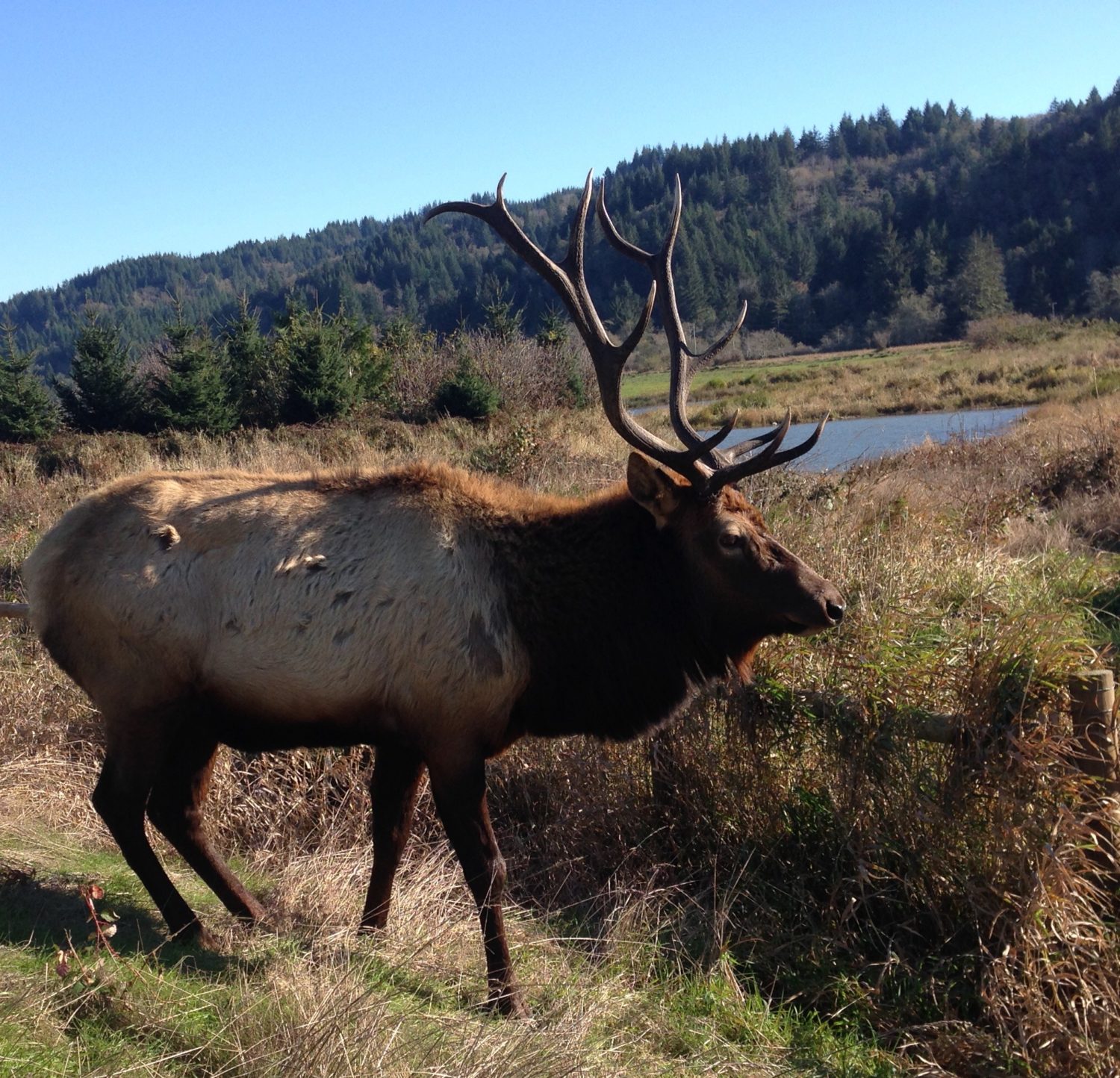
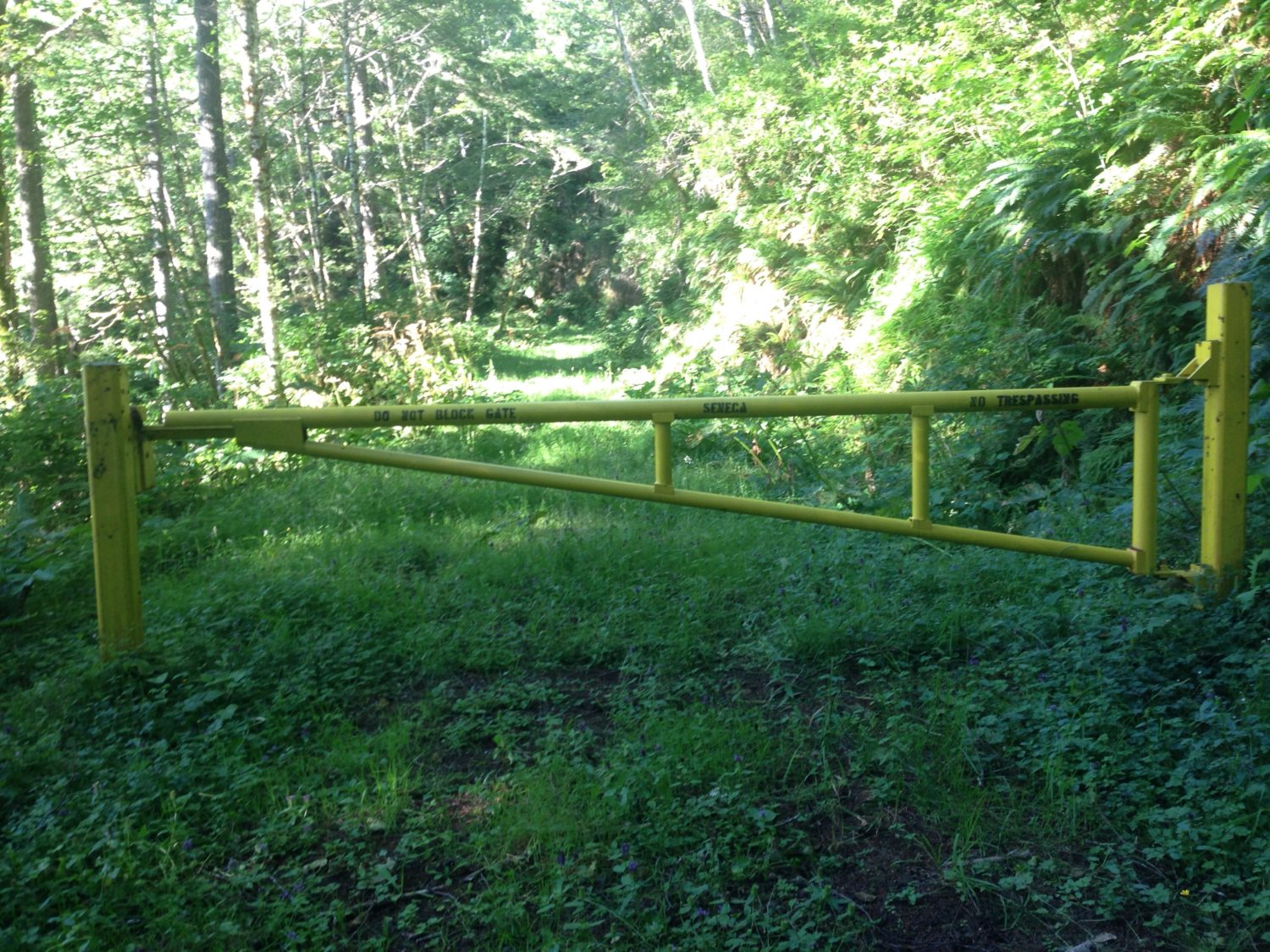




The public lands are a heritage for America’s future.
These lands are used by environmentalists and sportsmen. They create the wild spaces needed for nature to survive and renew itself. Together environmentalist and sportsmen protect and save the land, habitate, flora, and fauna for the future. Through organizations like Ducks Unlimited, Trout Unlimited, and Nature Conservancy. We find our common ground for usage and keeping public lands.
There are actually FOUR. Turning the National Bison Range over to the CSKT is also a transfer of public land to private ownership
Protect our public lands!
PUBLIC LANDS ARE AMERICA’S LIFEBLOOD!
AMERICA’S PUBLIC LANDS ARE ITS’ LIFEBLOOD!
We must always remember that many of our elected officials are not public servants, but in fact are public enemies, working against our common interests: such as this.
I read today that Trump’s budget eliminates the National Wildlife Refuge Fund!
My good friend, Jack Lyon, has made a mistake in his suggestion about the National Bison Range. A February 2016 proposal from the U. S. Fish and Wildlife Service suggested transferring the National Bison Range, which was originally taken from the Confederated Salish and Kootenai Tribes’ Reservation land against their wishes, to the U. S. Bureau of Indian Affairs to be held in trust for operation by the Tribes. Under the proposal, which would require Congressional approval, would retain the land in public land status. The Tribes would then operate the Bison range for the conservation of bison and other wildlife and habitat resources. The Tribes have a long and strong wildlife conservation record and will continue to.
Another attack on public lands is bill H.R. 622 that would terminate
the law enforcement functions of the US Forest Service (USFS) and the Bureau of
Land Management (BLM) and provide block grants to States for the enforcement
of Federal law on Federal land under the jurisdiction of these agencies, and for
other purposes.